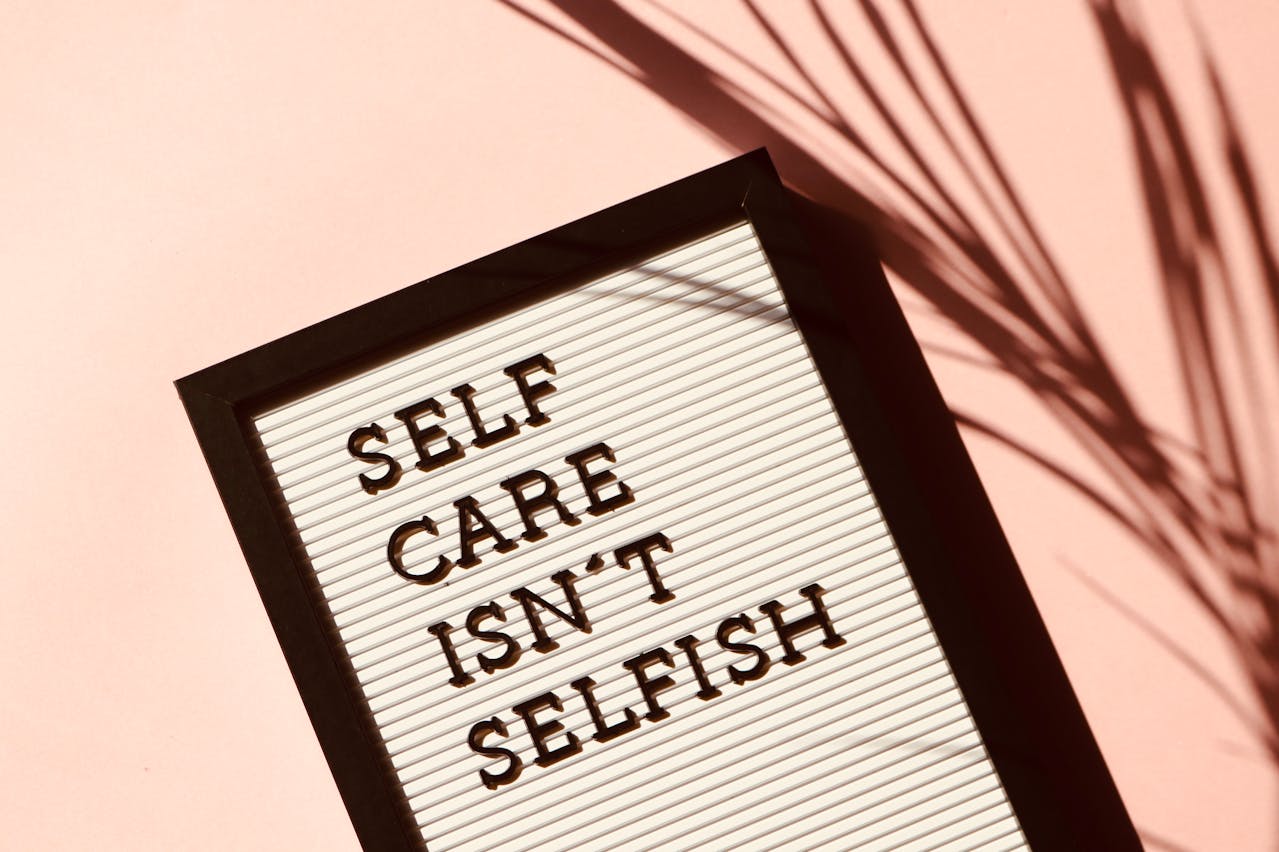Beyond Busy: When Work Exhaustion Becomes Burnout
The constant pressure to do more, be more, and achieve more at work can feel relentless. You might start your days feeling a heavy sense of dread, drag yourself through tasks you once enjoyed, and find that even after a full night’s sleep, you’re still utterly exhausted. If you’ve reached a point where work feels like an endless treadmill, leaving you drained, disengaged, and disillusioned, you might be experiencing burnout. This isn’t just “being busy” or “stressed out”…it’s a deeper, more profound state of mental and physical depletion. And it’s a sign that something needs to shift.
Why Burnout Hits So Hard
Burnout isn’t a sign of weakness; it’s a natural human response to prolonged, unmanaged stress. It affects your mind, body, and emotions in ways that can feel overwhelming and isolating.
- Chronic Overload: We are often expected to operate at peak performance constantly. When there’s no real downtime, no space to recover between demanding periods, our internal resources get depleted. It’s like running a car on empty for too long…eventually, it breaks down.
- Loss of Control & Autonomy: When you feel you have little say in your workload, your schedule, or how you do your job, it chips away at your sense of purpose and effectiveness. This feeling of powerlessness is a significant contributor to burnout, as it leaves you feeling like a cog in a machine rather than a valuable contributor.
- Mismatched Values: Sometimes, we find ourselves in roles or environments where our personal values clash with the demands or culture of the workplace. Working against your core beliefs can be incredibly draining, leading to a sense of cynicism and detachment from your work.
- Lack of Recognition or Support: If your hard work goes unnoticed, or if you feel isolated and unsupported by colleagues or management, it’s easy to become demoralized. A lack of appreciation can make all the effort feel pointless, fueling the sense of emotional exhaustion.
Reclaiming Your Energy: Steps to Heal and Recharge
Healing from burnout isn’t about taking a single vacation; it’s about making sustainable changes and rediscovering what brings you purpose.
- Acknowledge and Validate Your Feelings: The first step is to recognize that what you’re feeling is real and serious. Stop telling yourself to “just push through it” or that you “should be tougher.” Validate your exhaustion, frustration, and detachment. This acceptance opens the door to truly addressing the issue.
- Prioritize Meaningful Rest, Not Just Sleep: While sleep is important, true rest involves activities that genuinely recharge you. This might mean spending time in nature, engaging in a beloved hobby, connecting with supportive friends, or simply sitting in quiet reflection. Identify what truly makes you feel renewed, and intentionally schedule it into your week.
- Set Clear Boundaries (and Practice Saying No): Burnout often stems from a lack of boundaries between work and personal life. Start by setting small, firm boundaries. This could be not checking emails after a certain time, taking a full lunch break, or delegating tasks where possible. Learning to politely but firmly say “no” to additional requests that push you past your limit is essential.
- Re-evaluate Your Relationship with Work: Take time to reflect on what originally drew you to your profession or role. Are those elements still present? What aspects of your work still bring you a sense of purpose or satisfaction? This reflection can help you either re-engage with valuable parts of your job or recognize if a significant change is needed.
- Seek Support and Connection: You don’t have to endure burnout alone. Talk to a trusted friend, family member, or colleague who understands. Sharing your experiences can lessen the isolation and provide perspective. Connecting with others can remind you that you’re not the only one feeling this way.
You Don’t Have to Suffer in Silence
Burnout is more than just feeling tired; it impacts your mental health, your relationships, and your overall well-being. If the exhaustion, cynicism, and lack of motivation feel too big to tackle on your own, or if you suspect your workplace environment is a major contributor, please know that professional support can make a profound difference. It’s a sign of strength to reach out for help.
Our compassionate team at Webwell Group in Richmond, TX, understands the deep impact of work-related stress and burnout on mental health. We provide a supportive, confidential space to help you process your experiences, develop healthy coping strategies, and reclaim your energy and sense of purpose.
Contact our office in Richmond, TX, to schedule a confidential appointment. We also offer virtual therapy with our licensed professionals.

Webwell Group provides accessible, high-quality mental health and wellness services that empower individuals to live fulfilling lives. We are committed to fostering a supportive and collaborative environment for our clients, staff, and clinicians, utilizing evidence-based practices and innovative approaches to address the diverse needs of our communities.




